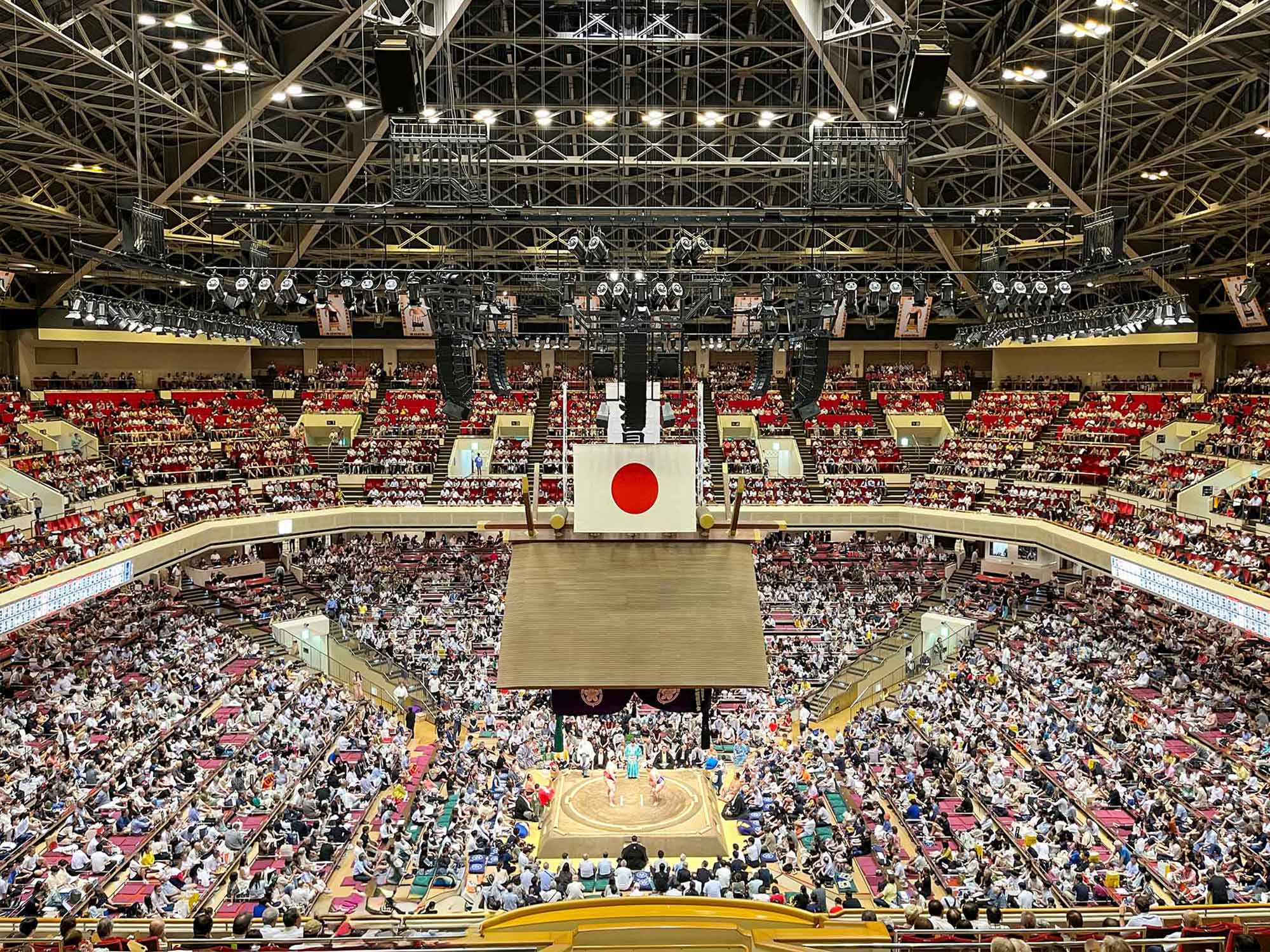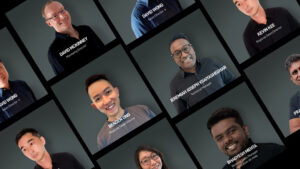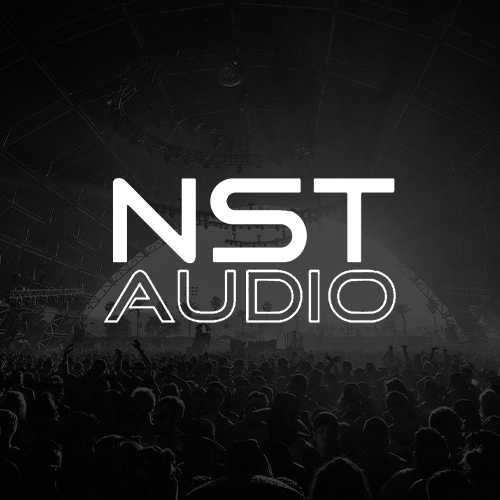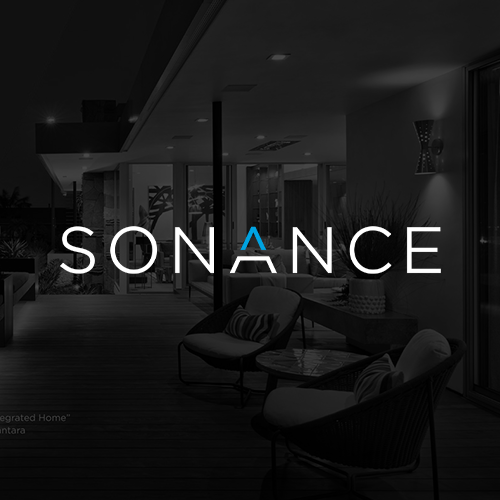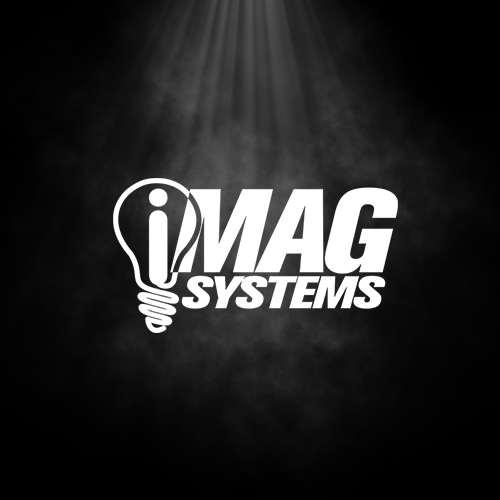Ryogoku Kokugikan stands as the sole dedicated edifice to the revered art of Sumo, Japan’s national sport, steeped in historical significance. The origins of Sumo trace back some 2000 years, with its current form crystallizing around 300 years ago.
This cherished national sport has been passed down through the generations and firmly rooted in Japanese culture. Thus, the name Ryogoku Kokugikan is renowned, resonating with every Japanese, as Sumo wrestlers diligently train here, each harboring dreams of hoisting the prestigious gift cup. Being the very emblem of Japan’s national identity, the revered His Majesty the Emperor himself occasionally graces the arena with his presence, with a special seat reserved for his honor.
Apart from the traditional Sumo tournaments, Ryogoku Kokugikan serves as a versatile venue, hosting a plethora of events, from professional wrestling bouts to musical concerts and corporate gatherings.
Here’s the insight shared by Mr. Akashio regarding the audio system:
“Sumo necessitates an audio system capable of faithfully reproducing a wide range of sounds, from the subtle to the thunderous, resonating within the wrestling ring. Ensuring that even those seated in the farthest reaches of the second floor can distinctly discern the faintest sounds, we aimed to craft an immersive experience. This was no small feat, but we were determined to overcome this challenge.”
Through a meticulous system update, we rigorously experimented with Display3 and discovered that a WPS-centered configuration presented an ideal setup, accommodating the diverse requirements of Kokugikan, including considerations for size, weight, clarity, SPL, and control performance. Additionally, we introduced the much-requested SXCF118 cardioid subwoofer to deliver deep bass notes. Moreover, the installation of TORUS directly above the ring allowed us to distribute sound effortlessly to areas that were hitherto challenged by poor acoustics, owing to the presence of the roof.
Our objective was to engineer a versatile system that could seamlessly cater to a wide array of event requirements.”
Here’s Ota’s perspective from Audio Brains, who executed the adjustments:
“Adapting the traditional Ryogoku Kokugikan arena was a unique experience for me. Instead of relying on measuring instruments, I collaborated closely with Mr. Akashio, relying on our sense of hearing. We strived to maintain sound clarity towards the rear while managing and mitigating any reflections. Surprisingly, we found solutions even in situations where the requirements seemed contradictory.”

